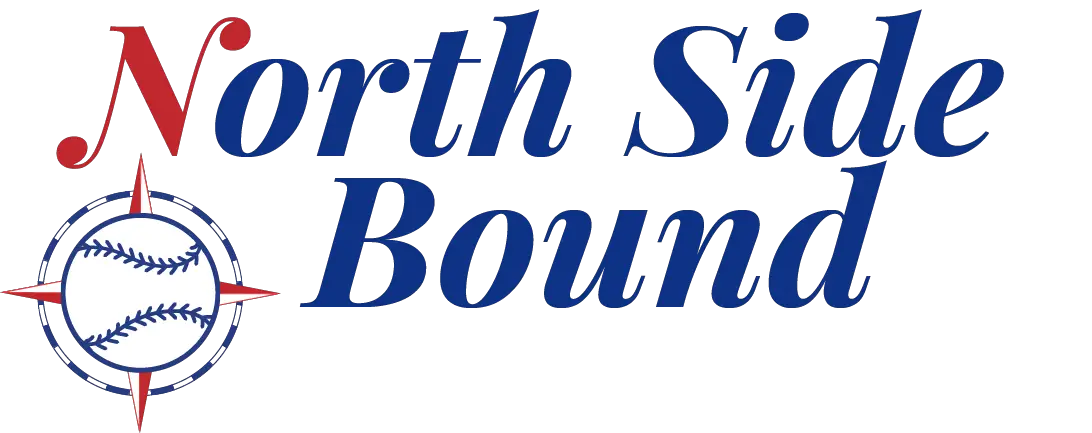Luis Rujano – Picture by Rich Biesterfeld
When day three of the draft comes, you never know what to expect. While I am far from a draft expert, there were a couple hundred players in which I was familiar this year. When the Cubs took Branden Noriega at number 11, I recognized the name from the draft league. I did not know Mat Peters at number 12, but when the Cubs took Luis Rujano in the 13th round, the flashing lights went off in my head. I recognized him from being on MLB Pipeline’s top draft picks list and I knew him as a commit to the University of South Florida.
Basic Info
Age – 18
Throws – Right
Height 6-foot-4
Weight – 195
From – Florida
Rujano is the one pick from day three at the draft that I feel best about. The reason I say that is because the Cubs have had a pretty good track record the past few years of developing young high school pitchers. Whether it’s Porter Hodge, DJ Herz, or Tyler Schlaffer, the Cubs have been able to get them to buy into a development program.
For Rujano, he comes in with a fastball that already sits in the mid 90s. He does throw three other pitches including a curveball in the low 80s, a changeup about the same speed, and a slider that comes in in the upper 70s to low 80s. His fastball is his best pitch and I’ve seen spin rates between 2100-2300 rpm.
What I like most about Rujano, aside from his fastball, is that he is projectable. He’s a big kid with a big frame that can add some weight and he wants to be a Cub. He could’ve easily gone to South Florida and developed there. But he chose to go pro as the Cubs swayed him with a little extra cash.
Here is what MLB Pipeline said of his skills:
The big right-hander checks off all the boxes in terms of his physicality, using his 6-foot-4 frame well and making it easy to dream on more to come once he gets pro instruction. He’s been up to 96 mph with his fastball, typically sitting in the low 90s now. He has a tight slider but struggles to spin his breaking ball consistently, and while there’s some feel for a changeup, it’s also inconsistent.
He did not pitch this year after signing, which is quite common anymore considering how late the draft is. His development plan for this winter should be about building strength in his arm and core and legs. While he can top out his fastball at 95, most of the data I’ve seen on him has him sitting at 90 to 92 after a few innings. In order to maintain that first inning velocity of 95, he’s going to have to develop some more strength.
Depending upon how he follows his development plan this winter, there are any number of options for him and they’re all suitable. He’s going to be in minor league spring training and how he does from there will determine his path for 2023. He could easily just do one of three paths. He could be good enough to end up in Myrtle Beach to start the year. He could go to extended spring training and then head to Myrtle Beach later. Or he could do extended spring training and begin his pro career in Mesa next summer, which is probably the most likely route.
I am excited to see him develop and grow over the next couple of years because he could be a big-time arm. Depending on how much velocity the Cubs add to his fastball and adjust the shapes of his offspeed stuff, he might be a little ahead of the curve, no pun intended.
| Rd | Pos | Player | School |
| 1 | RHP | Cade Horton | Oklahoma |
| 2 | LHP | Jackson Ferris | IMG Academy |
| 3 | SS | Christopher Paciolla | Temecula Valley HS |
| 4 | RHP | Nazier Mule | Passaic County Technical Institute |
| 5 | RHP | Brandon Birdsell | Texas Tech |
| 6 | RHP | Will Fritsch | Oregon State |
| 7 | RHP | Nick Hull | Grand Canyon University |
| 8 | RHP | Mason McGwire | Capistrano Valley HS |
| 9 | RHP | Connor Noland | University of Arkansas |
| 10 | RHP | Brody McCullough | Wingate University |
| 11 | LHP | Branden Noriega | No affiliation |
| 12 | RHP | Mathew Peters | Indiana Institute of Technology |
| 13 | RHP | Luis Rujano | Sunshine State Elite Academy in Kissimmee, FLA |
| 14 | RHP | Shane Marshall | University of Georgia |
| 15 | C | Haydn McGeary | Colorado Mesa |
| 16 | RHP | JP Wheat | Next Level Academy |
| 17 | OF | Andy Garriola | Old Dominion |
| 18 | RHP | Garrett Brown | University of Georgia. |
| 20 | OF | Ke’Shun Collier | Meridian CC |







Trackbacks/Pingbacks